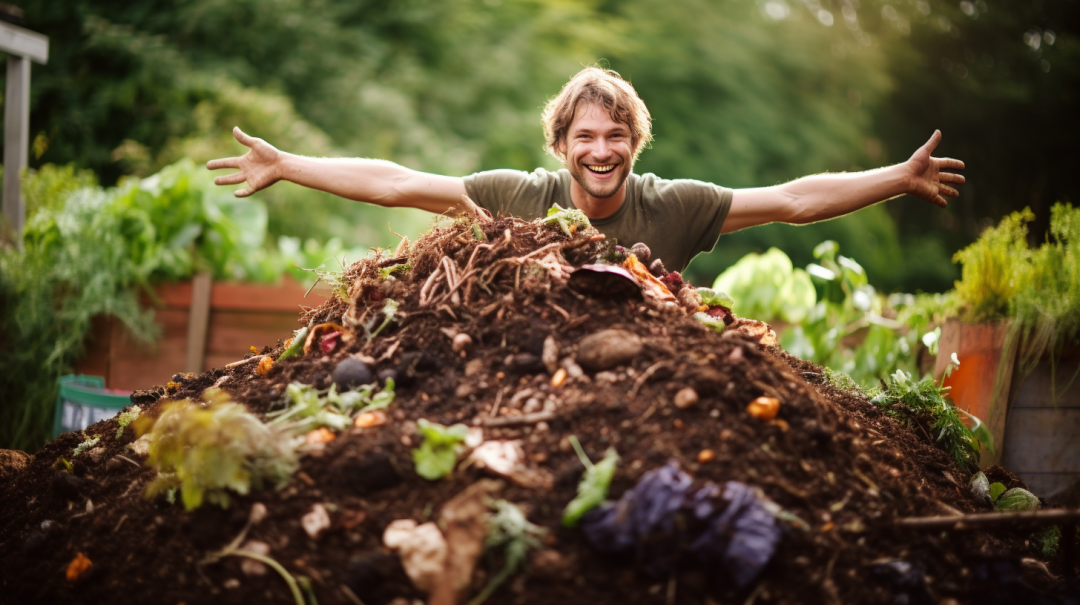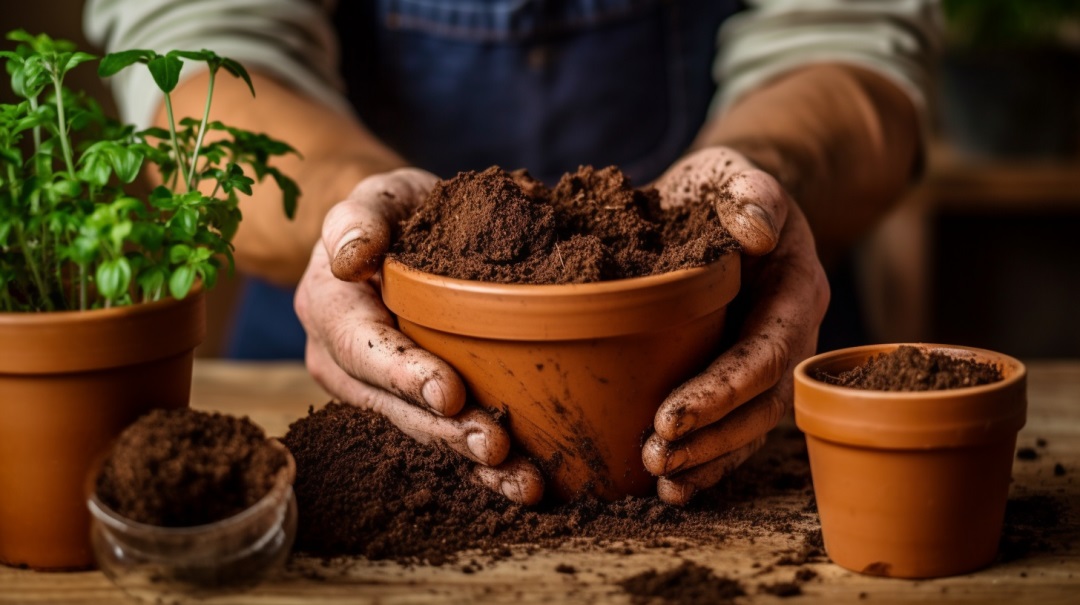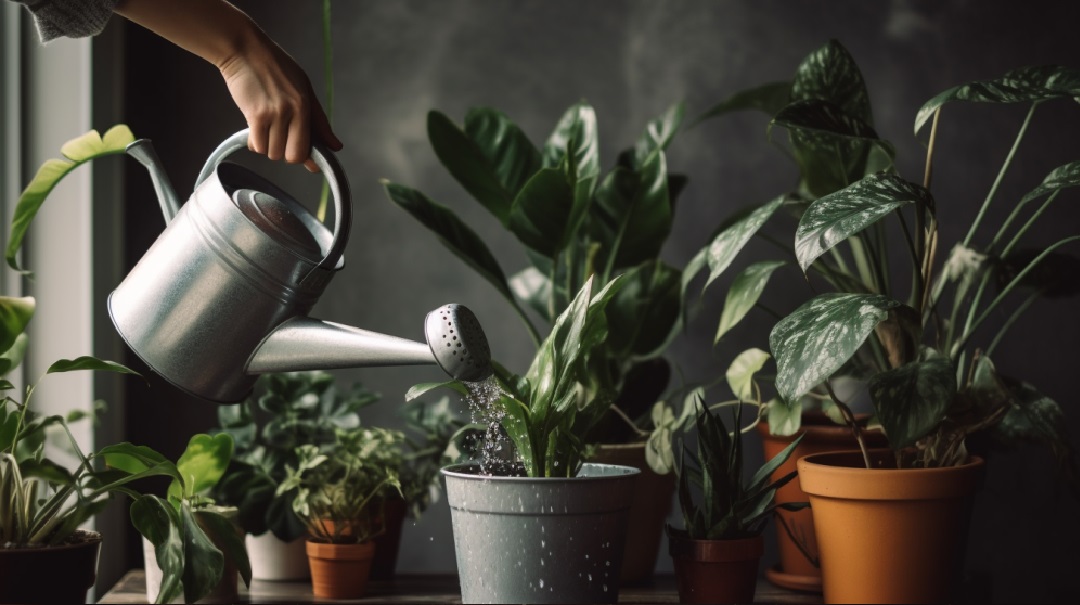In the realm of gardening, there’s a secret magic potion known to all green thumbs: compost. This ‘black gold’ holds the key to transforming barren patches of land into lush, green paradises bursting with life. When created at home in compost bins, piles, or heaps, this valuable material allows gardeners to enrich their garden soil for bountiful harvests. Read on for comprehensive composting tips to help both novice and seasoned gardeners harness the potential of home composting.
The Time-Honored Tradition of Composting
For centuries, civilizations across the globe have recognized the importance of giving back to the soil through composting. Before the advent of chemical fertilizers, our ancestors understood that the ground wasn’t just a medium to grow plants—it was a living, breathing entity in its own right. And to keep this entity healthy and vibrant, they returned organic matter to the earth through composting. From ancient Mayan practices to traditional Indian farming, composting has long been an essential gardening technique for cultures worldwide.
The ancient art of composting provides a time-tested model for how we can garden in sync with natural cycles rather than opposing them. By recycling organic waste into nutrient-rich fertilizer for our gardens, composting exemplifies the closed-loop, zero waste systems found in nature. It epitomizes sustainability in action.
The Science and Symphony of Decomposition
At its core, composting is nature’s way of recycling organic material. Food scraps, garden clippings, manure, and even paper break down over time, decaying and decomposing through natural processes. With the right conditions—such as adequate air flow, moisture, and a proper ratio of green and brown materials to balance nitrogen and carbon—this decomposition process is accelerated and optimized. The end result? Rich, crumbly, sweet-smelling compost, a gardener’s best friend.
Composting relies on an intricate symphony of bacteria, fungi, worms, and other organisms to do the work of decay and rebirth. As these decomposers feast on organic matter, they produce valuable nutrients needed for plant growth. Temperature, pH, and oxygen levels are key factors in maintaining a vibrant ecosystem of beneficial microbes. When compost stewards understand and cater to the needs of these tiny workers through regular turning, the decomposition process thrives and they are rewarded handsomely with black gold.
The Nutrient Power of Compost
Every scoop of finished compost offers a multitude of benefits for the garden:
- Nutrient Boost: Compost contains a smorgasbord of macro and micronutrients plants crave. Nitrogen, phosphorus, and potassium (NPK) are present in readily-available forms, as are other vital nutrients like calcium, magnesium, sulfur, copper, zinc, iron, manganese, and boron. This nutrient density stimulates healthy plant growth.
- Soil Structure Enhancement: Compost added to garden beds enriches the garden soil, improves drainage, and helps the soil better retain moisture. It adds organic material that acts like a sponge to enhance moisture and nutrient retention. At the same time, it improves drainage and aerates dense soils.
- Natural Pest & Disease Deterrent: Plants grown in compost-amended soil tend to be far more resilient to common diseases and pests. The teeming microbial life competes with and repels soil-borne diseases. And healthier, more robust plants are better equipped to fend off insect pests.
- Earthworm Haven: Worms love dining on compost! And worm poop (castings) is some of the best organic fertilizer around. As an added benefit, earthworm tunnels aerate the soil.
- Carbon Sink: Diverting organic material into composting prevents it from generating methane in landfills. Composting also helps sequester carbon in the soil, where it promotes plant growth rather than contributing to climate change.
Busting Myths and Addressing Concerns
Despite its credentials, composting comes with a handful of misconceptions that may cause reluctance:
Myth: Composting is complicated.
Truth: While there is some science involved, composting is a natural process that will happen on its own. The compost steward simply needs to create the optimal conditions for decomposition to thrive. A basic compost pile or bin will produce usable compost with minimal effort.
Myth: Compost piles smell bad. Truth: A properly managed compost pile should have an earthy smell, not an offensive odor. Foul smells indicate a problem, usually resulting from too much moisture or inadequate aeration. A few adjustments will quickly put things back on track.
Myth: Composting attracts pests.
Truth: Rodents and other unwanted critters can be discouraged through sound composting practices. Avoid meat, oils, and overly big food scraps. Turn the pile regularly to introduce oxygen. And keep a tidy, contained compost area. With a little strategic effort, pests won’t view the compost as an open invitation.
Composting Step 1: Choose Your Spot
It’s helpful to think ahead about where your new compost pile will live. Key factors to consider when selecting a site:
- Convenience – Find a spot that’s easily accessible from your kitchen or garden for adding scraps/materials. You’re more likely to actually use your compost if it’s readily available.
- Sun & Shade – Aim for a mix of sun and shade. Too much sun will dry the compost out. Total shade slows the warming process. Areas receiving morning sun and afternoon shade are ideal.
- Airflow – Good airflow is crucial to provide oxygen for your microbial workforce. Choose an open area without dense shrubs or structures that block wind flow.
- Drainage – Make sure the ground under your pile won’t become soggy. A slight slope or pile elevation aids drainage.
- Visibility – Compost shouldn’t stink or attract pests when properly managed. But some homeowners’ associations have rules against visible compost piles. Stealthier compost bin options can help in those cases!
Composting Step 2: Build Your Pile
Okay, it’s go time! Start building your compost pile with these steps:
- Coarse Base Layer – Lay twigs, straw, or wood chips on the bare ground to promote aeration from below.
- Green & Brown Ingredients – Aim for an optimal carbon-to-nitrogen ratio by adding a mix of “greens” and “browns.” Greens (fruit/veg scraps, grass clippings) are nitrogen-rich. Browns (leaves, cardboard, sawdust) provide carbon-heavy fuel. Variety kickstarts microbial diversity. Chop or shred larger particles.
- Moisture & Oxygen – Water occasionally, enough so the pile is evenly moist but not dripping wet. Turning/fluffing the pile weekly introduces vital oxygen via increased air flow.
- Right Size – For best results, keep your pile around 1 cubic yard, about 3ft x 3ft x 3ft. This size retains heat and moisture effectively.
- Insulation – In cold climates, a layer of straw or leaves around the pile will provide insulation and warmth. Exposed piles may freeze and stall decomposition.
Composting Step 3: Manage Your Pile
Maintaining your compost pile requires minimal effort. Just remember these tips:
- Check moisture weekly – The pile should feel damp but not soggy. Sprinkle water while turning if needed.
- Turn pile weekly – Turning mixes materials and improves air flow, speeding decomposition. Monitor internal temperatures with a compost thermometer.
- Add fresh greens & browns regularly – To feed the microbial ecosystem and balance input.
- Break up clumps and layers – Keep particle size small and blended for ideal conditions.
Composting Step 4: Harvest the “Black Gold”
With regular TLC, your compost will be ready to harvest in as little as 2 months. Telltale signs your compost is finished:
- Sweet, earthy smell
- Dark brown or black color
- Fine, crumbly texture
- Material decomposed except bits of twig/wood
Shovel finished compost from the bottom and sides of the pile, leaving partially decomposed materials to continue curing. Then spread your homegrown “black gold” in gardens and enjoy the fruits of your labor!
Advanced Composting: Taking It to the Next Level
Once you’ve gotten your feet wet with traditional composting, you may want to explore some advanced techniques:
- Vermicomposting – Composting with worms! Red wigglers create nutrient-rich worm castings from food scraps in worm bins. Maintain proper moisture, aeration, and temperatures for your worm herd.
- Bokashi – This Japanese fermentation method transforms food waste via beneficial microorganisms and produces compost in just 2 weeks using bokashi buckets and an air-tight fermentation process.
- Trench Composting – Dig trenches right into garden beds, fill with kitchen scraps, then cover with soil. Plant right on top of trench. Scraps will compost in-place to feed your crops.
- Aerated Static Pile – Pipes underneath the pile are connected to fans or compost aerators that push air through the materials, speeding decomposition without turning. Advanced but efficient for large-scale composting.
- Thermophilic Composting – Taking advantage of the high microbial heat generated in large piles to decompose waste extremely quickly. Produces finished compost in as little as 2 weeks!
Creative Uses for Compost in Your Garden
The applications of compost extend far beyond just fertilizing garden beds:
- Container Gardening – Mix equal parts compost, loamy soil or coconut coir, and perlite or vermiculite for potting mix. Compost supplies nutrients while retaining moisture.
- Seed Starting – Fill seed starting trays with a compost-based potting mix to give sprouting seeds the best nutritional foundation right from the start.
- Mulching – Spread an inch or two of compost as a nutritious, organic mulch around trees, shrubs, and planting beds to conserve moisture, suppress weeds, and provide slow-release fertilization over time.
- Compost Tea – Steep compost in water to create a nutrient-rich liquid fertilizer for watering plants or spraying onto foliage. Also boosts beneficial microbes.
- Lawn Care – Mixing compost into lawns or applying 1/4″ layer atop grass improves fertility, texture, and drainage. Reduces need for chemical fertilizers and pesticides.
- Houseplants – Reinvigorate indoor plants by top dressing pots with compost or mixing into commercial potting soil at up to 20% ratio.
- Landscaping – Add compost when planting trees and shrubs to improve soil conditions and fertility. Also amends plantings like butterfly gardens, rain gardens, and urban landscaping projects.
Compost: Closing the Loop from Waste to Rebirth
Composting is so much more than a gardening technique—it’s a commitment to sustainability, a nod to ancient wisdom, and a step towards a greener future. When we compost at home, we cherish the closed-loop cycle of fertility. What once was discarded is transformed back into life-giving nourishment. We conserve precious resources and forge an intimate connection with the earth.
Guiding our gardens and kitchens towards zero waste systems through composting not only enriches our own little patch of soil but also creates positive ripples for the planet at large. As more people embrace home composting, they shrink their household’s carbon footprint, reduce landfill contributions, and create local closed-loop food systems.
Whether you’re an experienced composting aficionado or just starting to get your hands dirty, remember that every little bit contributes. Even a tiny backyard compost bin diverts waste from landfills to replenish the earth. When it comes to composting, no effort is too small—this is grassroots change, from the ground up.
The next time you brew a pot of coffee or peel a banana, see that “waste” with new eyes. Situate yourself in nature’s cycle of decay and rebirth. And let a small act of home composting be an empowering act of hope, a vote for the world you wish to see.


